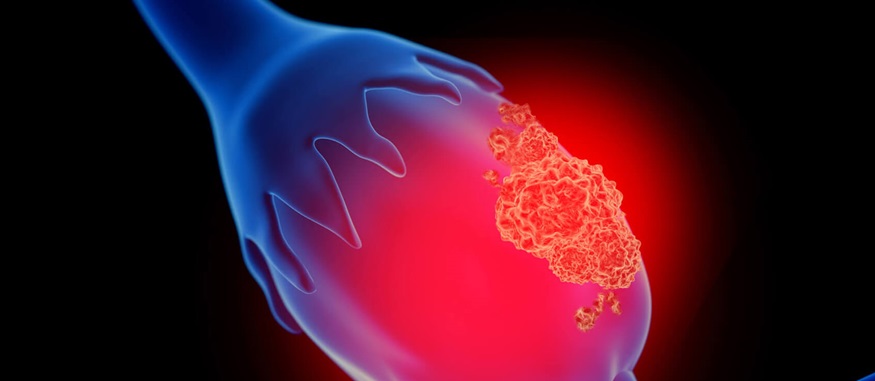Novel Test Identifies Aggressive Ovarian Cancers Early
Posted on 07 Mar 2024
Ovarian high-grade serous carcinoma (HGSC) is the predominant form of ovarian cancer affecting women. Serous tubal intraepithelial carcinomas (STICs), which are precancerous lesions on the fallopian tubes, are considered the main precursors of HGSC. Women undergoing salpingectomy, the surgical removal of fallopian tubes, often do so without a detailed examination of these precancerous lesions. The challenge lies in the molecular diversity of STICs and the difficulty in detecting aggressive forms early, owing to their small size. In response to this urgent diagnostic need, researchers have developed an algorithm to identify STICs before they can progress to cancer.
This pioneering algorithm, named “REAL-FAST” (RealSeqS-based algorithm for fallopian tube aneuploidy pattern in STIC), was developed by a team at Johns Hopkins Medicine (Baltimore, MD, USA). In a pilot study, REAL-FAST distinguished five unique types of precancerous lesions in fallopian tubes, with two identified as particularly aggressive and often linked to recurrent HGSC. This discovery marks the first molecular identification of distinct genetic characteristics in STICs. The team employed a method known as Repetitive Element Aneuploidy Sequencing System (RealSeqS) to sequence DNA from 150 samples, focusing on aneuploidy levels – the presence of abnormal numbers of DNA chromosomes – in STICs, HGSC, and normal samples. The study revealed that while normal samples showed minimal aneuploidy, STICs exhibited significant non-random genetic alterations. This included notable whole or partial deletions on chromosome 17, where the pivotal tumor suppressor genes TP53 and BRCA1 are located. This loss of chromosome 17 provides insight into the simultaneous inactivation of these genes, critical in HGSC development. The study noted a particular association between germline mutations in the BRCA1 gene (chromosome 17) and HGSC risk, unlike BRCA2 (chromosome 13).

Based on these insights, the team developed the REAL-FAST algorithm to categorize samples into distinct molecular clusters, irrespective of their structural traits. It identified an STIC subgroup with unique chromosomal changes linked to increased cell proliferation and abnormal growth. The algorithm's efficacy in detecting STICs and HGSCs proved remarkable, correctly identifying cancer presence 95.8% of the time and accurately ruling out its absence 97.1% of the time. This suggests that only certain STICs lead to HGSC, characterized by specific chromosomal abnormalities. Despite the need for further clinical validation to link molecular findings with patient outcomes, the researchers are optimistic that a deeper understanding of HGSC development will soon foster enhanced diagnostic tools and better patient prognoses, impacting the lives of thousands of women diagnosed with ovarian cancer annually.
“This is a high-risk setting — these patients need more immediate diagnostic approaches,” said Christopher Douville, Ph.D., assistant professor of oncology at the Johns Hopkins University School of Medicine. “This test is about identifying precursor lesions before they progress to cancer.”
Related Links:
Johns Hopkins Medicine








 (3) (1).png)





